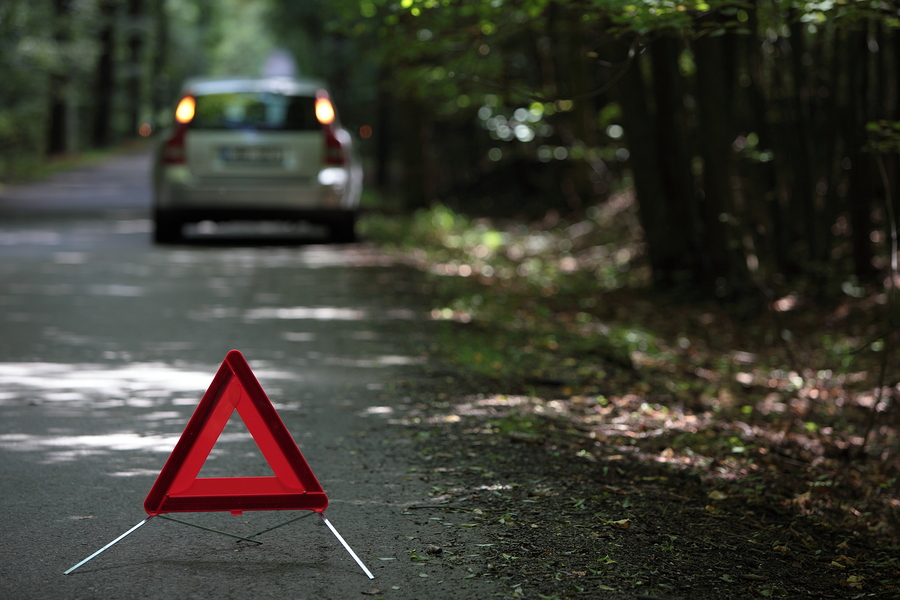What to do if your car breaks down
Handling a breakdown properly is essential to your safety and to the safety of other drivers on the road.
Whether a major breakdown or a minor issue, here’s how to handle the situation if your car unexpectedly fails during a long journey.
- Get off the road – If possible, pull over or get off the road and turn on your hazard warning lights to alert other vehicles you are there. On the motorway pull onto the hard shoulder and stop as far to the left as possible. Turn your wheels to the left, turn off the engine and put your hazard lights and sidelights on.
- Exit the vehicle – When your car breaks down, being hit by a vehicle is the most significant risk. If it’s safe to do so, exit the car on the left-hand side and get your passengers to do the same. Unless it’s an emergency, leave pets inside the vehicle. Retreat as far up the bank as possible.
- Use a warning triangle – If you’re stopped on a rural road or breakdown in traffic, use a warning triangle to alert oncoming cars. Place the triangle at least 50 yards behind the vehicle on the same side of the road. Don’t attempt this if it’s dark or your are on a busy road with hidden corners or reduced visibility.
- Call for help – Once in a safe place, call for assistance from your breakdown cover provider. If you don’t have cover already, you can still phone the AA or RAC for roadside assistance. If you are in danger or there is nowhere safe outside the vehicle and a strong chance your vehicle could be struck, call the police with your location for help.
- Never repair on the motorway – Even if the problem is a simple fix, never attempt to repair your vehicle on the motorway.
Staying safe before you go
Anticipating any potential issues and servicing your car regularly is the best thing you can do to help prevent any unexpected breakdowns on the road. Before a long journey make sure you:
- Service your car – Regular servicing will alert you to any potential issues before they become a problem and keep your vehicle in good repair.
- Note warning lights – Keep an eye on any warning lights on your dashboard and consult your handbook. The lights are there for a reason – don’t ignore them or assume they will simply go away. If a light appears while driving, stop at the next service station or when it is safe to do so to check what is wrong.
- Make use of your senses – Listen to your car; if you hear or feel any vibrations that feel abnormal, slow down and when possible find a safe place to stop and check.
Disclaimer
The contents of this article are for reference purposes only and do not constitute financial or legal advice. Independent financial or legal advice should be sought in relation to any specific matter. Articles are published by us without any knowledge or notice of the circumstances in which you or anyone else may use or rely on articles or any copy of the information, guidance or documents obtained from articles. We operate and publish articles without undertaking or accepting any duty of care or responsibility for articles or their contents, services or facilities. You undertake to rely on them entirely at your own risk, and without recourse to us. No assurance of the quality of articles is given or undertaken (whether as to accuracy, completeness, fitness for any purpose, conformance to any description or sample, or otherwise), or as to the timeliness of the publication.





















